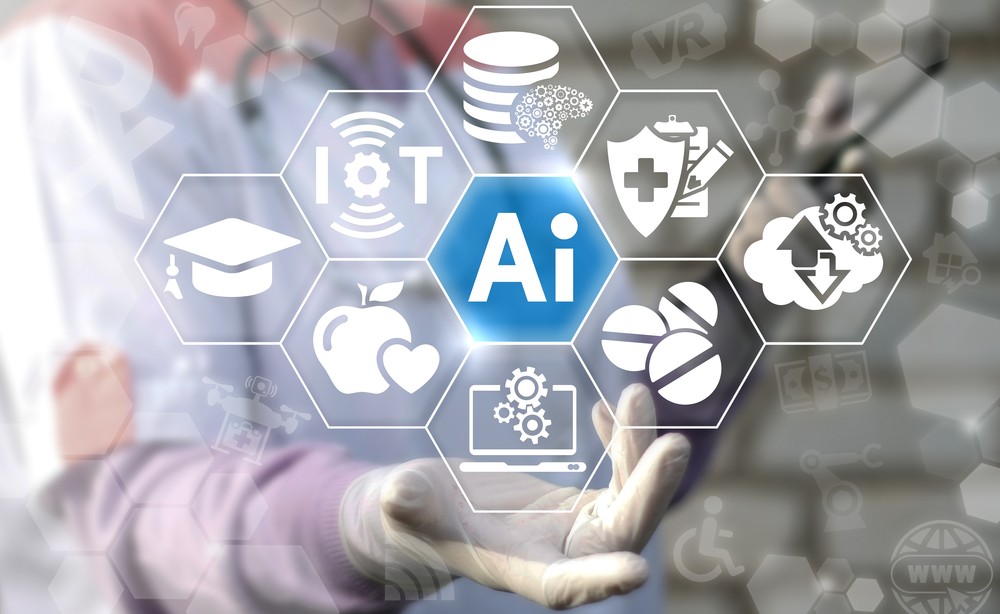Software intelligence company
Dynatrace has published the findings of an independent global survey of 800 CIOs, which highlights a widening gap between IT resources and the demands of managing the increasing scale and complexity of enterprise cloud ecosystems. IT leaders around the world are concerned about their ability to support the business effectively, as traditional monitoring solutions and custom-built approaches drown their teams in data and alerts that offer more questions than answers. The 2020 global report “Top challenges for CIOs on the road to the AI-driven autonomous cloud” is available for download
here.
CIO responses in the research indicate that, on average, IT and cloud operations teams receive nearly 3,000 alerts from their monitoring and management tools each day. With such a high volume of alerts, the average IT team spends 15% of its total available time trying to identify which alerts need to be focused on and which are irrelevant. This costs organizations an average of $1.5 million in overhead expense each year. As a result, CIOs are increasingly looking to AI and automation as they seek to maintain control and close the gap between constrained IT resources and the rising scale and complexity of the enterprise cloud.
Findings from the global report include:
IT is drowning in data
Traditional monitoring tools were not designed to handle the volume, velocity and variety of data generated by applications running in dynamic, web-scale enterprise clouds. These tools are often siloed and lack the broader context of events taking place across the entire technology stack. As a result, they bombard IT and cloud operations teams with hundreds, if not thousands, of alerts every day. IT is drowning in data as incremental improvements to monitoring tools fail to make a difference.
- On average, IT and cloud operations teams receive 2,973 alerts from their monitoring and management tools each day, a 19% increase in the last 12 months.
- 70% of CIOs say their organization is struggling to cope with the number of alerts from monitoring and management tools.
- 75% of organizations say most of the alerts from monitoring and management tools are irrelevant.
- On average, just 26% of the alerts organizations receive each day require actioning.
Existing systems provide more questions than answers
Traditional monitoring tools only provide data on a narrow selection of components from the technology stack. This forces IT teams to manually integrate and correlate alerts to filter out duplicates and false positives before manually identifying the underlying root cause of issues. As a result, IT teams’ ability to support the business and customers are greatly reduced as they’re faced with more questions than answers.
- On average, IT teams spend 15% of their time trying to identify which alerts they need to focus on, and which are irrelevant.
- The time IT teams spend trying to identify which alerts need to be focused on and which are irrelevant costs organizations, on average, $1,530,000 each year.
- The excessive volume of alerts causes 70% of IT teams to experience problems that should have been prevented.
Precise, explainable AI provides relief
Organizations need a radically different approach – an answers-based approach to monitoring, to keep up with the transformation that’s taken place in their IT environments, and an approach with AI and automation at the core.
“Several years ago, we saw that the scale and complexity of enterprise cloud environments was set to soar beyond the capabilities of today’s IT and cloud operations teams,” said Bernd Greifeneder, CTO and founder, Dynatrace. “We realized traditional monitoring tools and approaches wouldn’t come close to understanding the volume, velocity and variety of alerts that are generated today, which is why we reinvented our platform to be unlike any other. The Dynatrace® Software Intelligence Platform is a single platform with multiple modules, leveraging a common data model with a precise explainable AI engine at its core. Unlike other solutions, which just serve up more data on glass, it’s this combination that enables Dynatrace to deliver the precise answers and contextual causation that organizations need to succeed in taming cloud complexity and, ultimately, achieving AI-driven autonomous cloud operations.”




